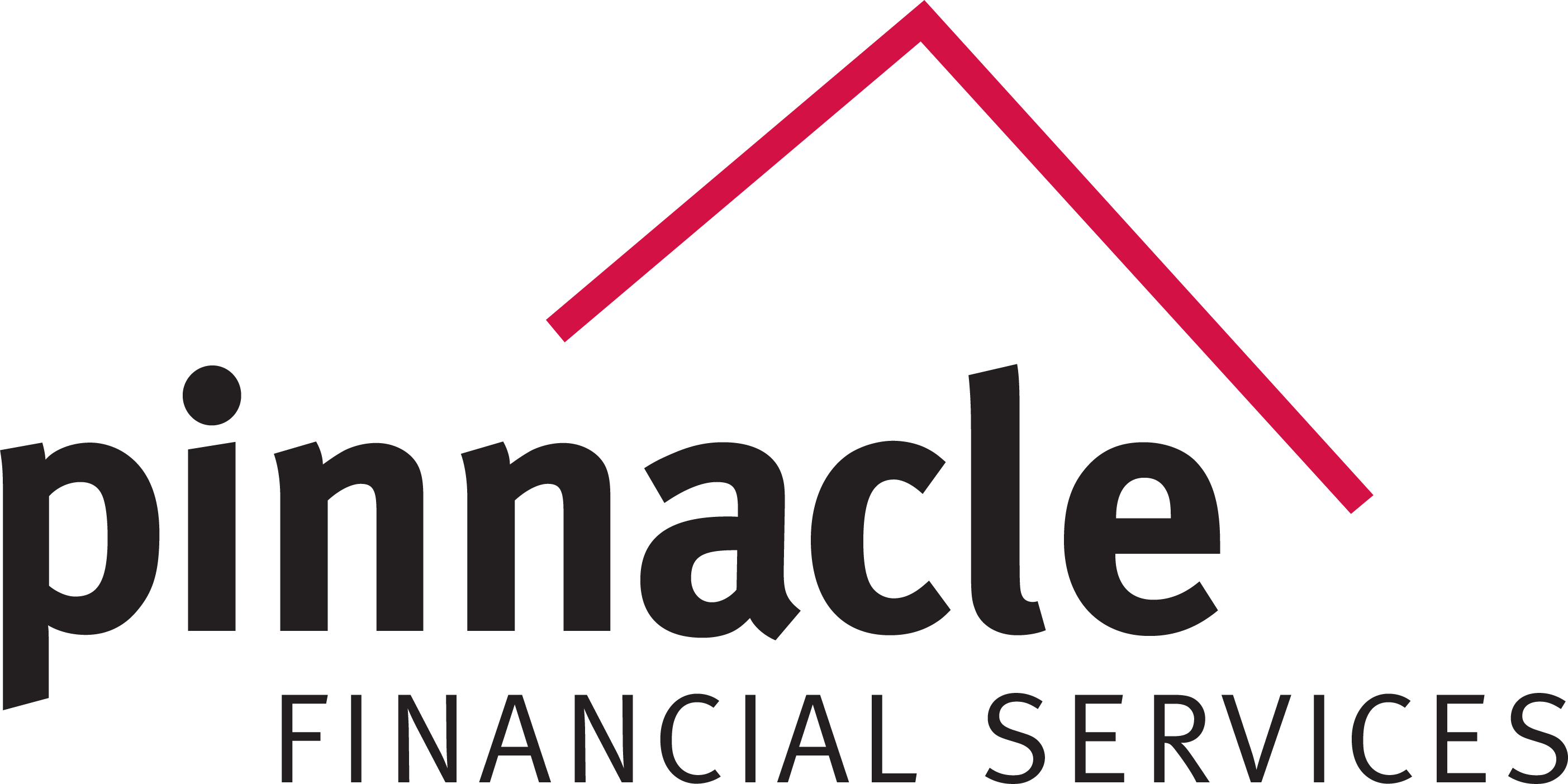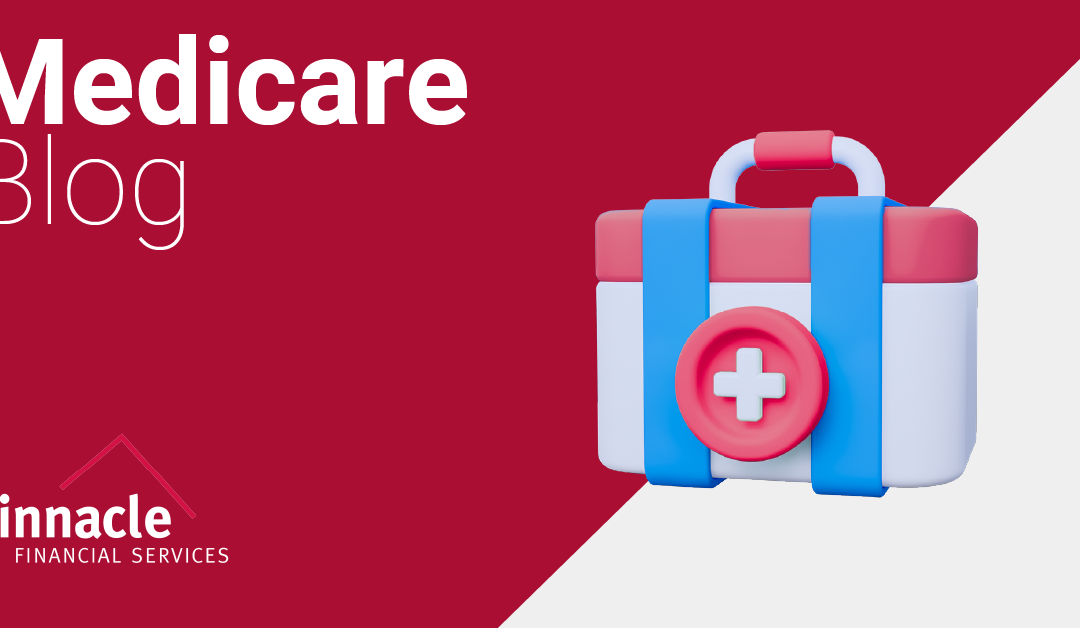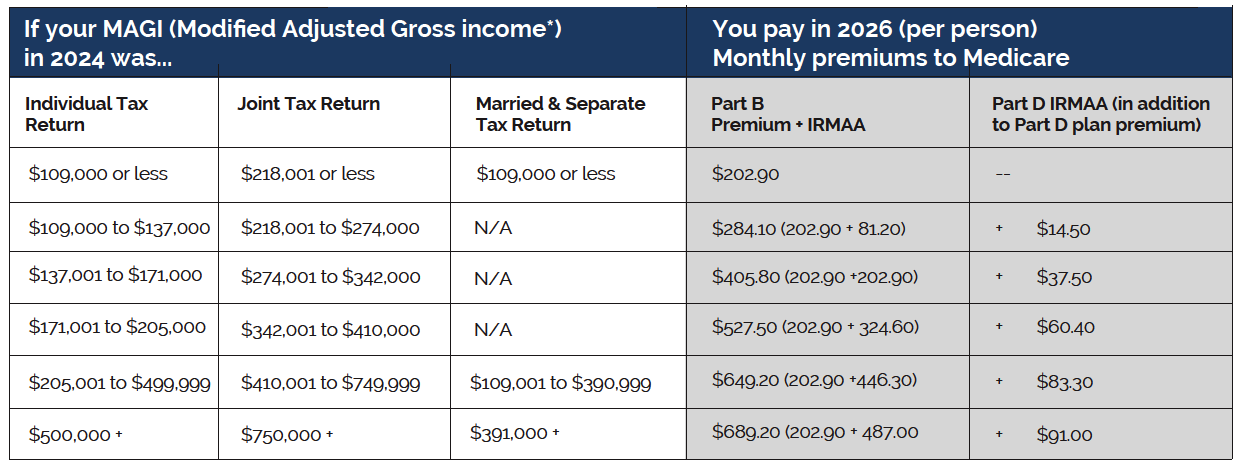
Affordable Care Act 2026 Changes: What Is Different This Year and Why It Matters
The Affordable Care Act saw several meaningful changes in 2026, and they are already impacting how Marketplace coverage works. Whether you work directly with ACA clients or support agents in the field, understanding what changed this year is essential.
From subsidy adjustments to stricter verification rules, the 2026 ACA updates place more emphasis on accuracy, plan review, and ongoing education.
Premium Tax Credit Changes in 2026
One of the biggest Affordable Care Act changes in 2026 involves how premium tax credits are calculated. While subsidies are still based on household income and family size, the formulas used to determine contribution amounts have been adjusted.
What does that mean in plain terms? Some households may see smaller subsidies than they did in previous years, while others may notice very little change. This makes accurate income reporting more important than ever. Even small income differences can affect subsidy amounts and lead to repayment issues at tax time.
Health Insurance Marketplace Plan Cost Changes
ACA plans were repriced for 2026, and many consumers are seeing differences in premiums, deductibles, and out of pocket costs. Rising medical expenses and carrier adjustments played a role in these changes.
This is why letting a plan automatically renew can be risky. A plan that worked well last year may no longer be the most cost effective option today. Taking time to compare plans can make a real difference in overall costs.
Provider Networks and Prescription Coverage Updates
Another important change in 2026 involves provider networks and prescription drug coverage. Some plans removed doctors or hospitals from their networks, while others changed how medications are covered.
For consumers who did not review these updates, the surprise often comes after coverage begins. Verifying doctors, hospitals, and prescriptions upfront helps avoid unexpected bills later.
Income Verification and Compliance Are Stricter
In 2026, the Marketplace increased its focus on income verification. Reported income is being reviewed more closely and compared against tax records.
If income changes during the year, it is critical to report those changes as soon as possible. Failing to do so can result in subsidy adjustments or repayment obligations. This is one of the most common issues agents encounter under the new ACA rules.
Special Enrollment Periods Require More Documentation
Special Enrollment Periods are still available, but 2026 brought tighter oversight. Qualifying life events such as loss of coverage, marriage, or relocation must be documented properly before enrollment changes are approved.
Missing or incomplete documentation can delay coverage or prevent enrollment altogether. Understanding these requirements upfront helps avoid unnecessary frustration.
Why the 2026 ACA Changes Matter
The Affordable Care Act still provides strong coverage options in 2026, but the changes this year make passive enrollment a thing of the past. Staying informed, reviewing plan details, and keeping income information current are now essential parts of managing ACA coverage.
These updates also highlight the growing importance of education and guidance within the ACA space.
Supporting Agents Through ACA Changes in 2026
At Pinnacle, the focus is on helping agents stay ahead of Affordable Care Act changes, not scrambling to catch up. Through training, resources, and ongoing support, Pinnacle equips agents with the knowledge they need to confidently handle subsidy changes, plan updates, and compliance rules.
Well informed agents provide better guidance, avoid common ACA pitfalls, and build stronger relationships with their clients. In a year filled with change, education remains one of the most valuable tools an agent can have.

Marketing & Development Coordinator







